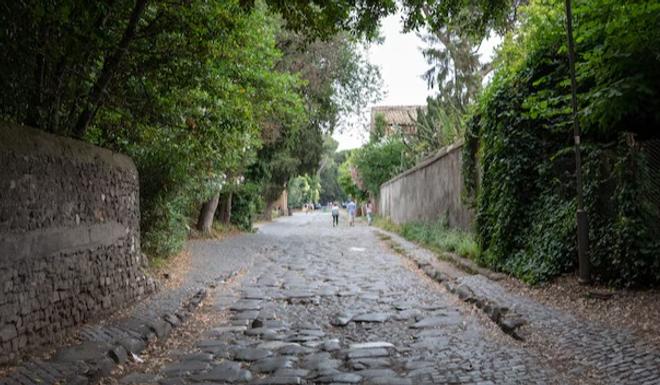Published 19:20 IST, August 1st 2024
Ancient Roman Appian Way Is Italy’s 60th UNESCO World Heritage Site
The Via Appia Antica, or Appian Way, has been designated as Italy’s 60th UNESCO World Heritage site, further solidifying the country's sense of pride.

The Via Appia Antica, or Appian Way, has been designated as Italy’s 60th UNESCO World Heritage site, further solidifying the nation's rich historical and cultural legacy. Known as the "Regina Viarum" or "Queen of Roads," the Appian Way was a pioneering infrastructure project by the ancient Romans and remains a significant historical landmark.
The legacy of Appian Way
Constructed in 312 BC under the supervision of the Roman statesman Appius Claudius Caecus, the road originally served as a crucial military route, connecting Rome to the southeastern port of Brindisi. This strategic pathway played a vital role in Roman military expeditions and the expansion towards the East and Asia Minor. It also facilitated the growth of cities along its route and spurred agricultural and trade developments.

Today, the first 17 kilometers (about 10 miles) of the Appian Way are preserved within the Appia Antica Archaeological Park in southern Rome. This section, still laid with ancient cobblestones, attracts history enthusiasts, walkers, and cyclists. The road is flanked by remnants of Roman aqueducts, villas, and a network of catacombs, which historically served as burial sites for early Christian converts.
The Italian culture ministry's bid to recognize the Via Appia as a UNESCO World Heritage site was accepted during a session of the World Heritage Committee in Delhi. UNESCO acknowledged the road's significance, highlighting it as a testament to the advanced technical skills of Roman engineers. The Appian Way exemplifies the Romans' expertise in constructing extensive road networks, monumental structures, and public utilities such as triumphal arches, aqueducts, and amphitheaters.
The inclusion of the Appian Way adds to Italy's impressive roster of UNESCO sites, which includes iconic locations like the historic centers of Rome, Florence, and Venice, as well as the picturesque Cinque Terre and the ancient cave city of Matera. This new designation underscores Italy's unparalleled contribution to global cultural heritage.
Updated 19:20 IST, August 1st 2024


